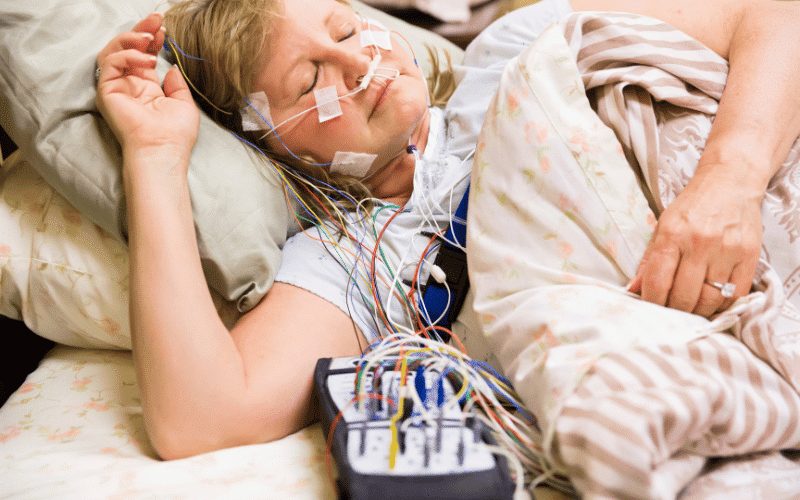Fact 6. RBD Diagnosis: A Multifaceted Approach

The diagnosis of REM Sleep Behavior Disorder involves a comprehensive evaluation, incorporating clinical history, physical examination, and specific sleep studies. As RBD can manifest with a wide range of symptoms and is associated with various other medical conditions, its diagnosis requires a keen clinical eye and a meticulous approach.
Firstly, a detailed medical history is essential in identifying the characteristic symptoms of RBD, such as dream-enacting behaviors and recall of vivid dreams. The medical history also helps in ruling out other potential causes for these symptoms, such as side effects of certain medications or presence of other sleep disorders.
Following this, a physical examination is carried out to look for signs of any neurological disorders, given the known links between RBD and conditions like Parkinson’s disease. In some cases, additional neurological tests might be needed to further investigate these associations.
Finally, polysomnography, a specialized sleep study, is usually performed. This test, often conducted in a sleep lab, involves recording brain waves, muscle activity, and eye movements during sleep. In the case of RBD, polysomnography can help confirm the lack of muscle atonia during REM sleep and the presence of increased muscle activity. (6)